Even 10 years ago, children living in orphanage care in China with treatable conditions like thalassemia were considered so difficult to place with adoptive families, many caregivers wouldn’t try to find families for these children — nor secure the medical care they needed. Through advocacy and education efforts, international adoption is changing the face of special needs. But the fight to ensure that every child receives the love, care and family they deserve is far from over.
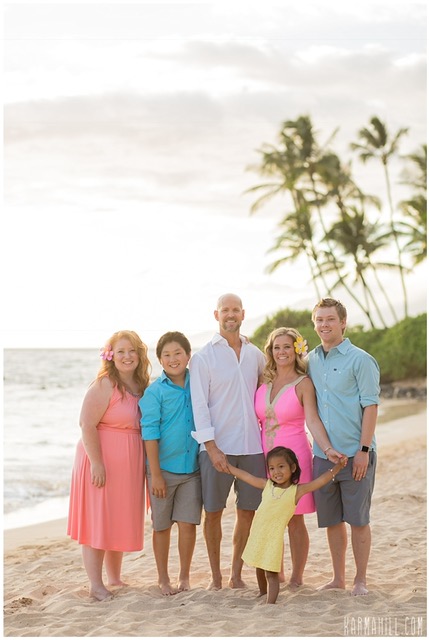
Lucy is sitting on her knees in a quiet corner booth in Texas Roadhouse. She’s leaning her tiny 4-year-old frame all the way across the table to put her face as close to her 12-year-old brother Kyan’s face as she can. She has a sweet, shy smile and big brown eyes with wispy dark bangs that cover her forehead. Her hair is tied up in two bouncy pigtails on either side of her head and a plastic necklace with a panda bear — her favorite animal — hangs over the neckline of her pink T-shirt. Kyan and Lucy are making silly faces at each other, just inches apart, and Lucy erupts into fits of giggles. As far as being an adorable, happy 4-year-old girl goes, Lucy is rockin’ it.
She likes Minnie Mouse. Her eyes fill with excitement as she talks about the butterfly costume she wore for Halloween. She likes riding scooters with Kyan and is never too far from her mom.
It would be impossible to tell, just looking at her, that Lucy has any kind of medical condition, much less one that requires monthly blood transfusions.
Lucy is the only child, and possibly the only person, with beta thalassemia in Medford, Oregon, a city with nearly 80,000 people.
This is perhaps unsurprising, considering the hereditary condition generally affects one out of every 200,000 people. However, in the southern region of China where Lucy was born — Guangxi Province — the number of children born with thalassemia is irregularly high.
Thalassemia can cause chronic fatigue, jaundice and anemia. As it progresses, iron fills the liver or spleen, eventually causing organ failure. Children with untreated thalassemia may be stunted or fail to thrive. Without medical care, their bellies swell and they may lose their teeth. Untreated, most children with the disease will die within the first decade of life.
Lucy takes medication, and for the most part, she lives a regular, happy life for a little girl. But in China, her life would have been very different.
In the United States, as long as patients have regular access to a hospital and a doctor with knowledge about thalassemia, it’s a relatively simple condition to control with regular blood transfusions and iron-controlling medications.
Once per month, Lucy’s parents Tammy and Mark Hidde spend the day with Lucy in their local hospital, where they just happen to have a doctor with extensive knowledge of thalassmia. They sing songs and read stories while doctors run labs and Lucy receives her monthly transfusion through a port, which has decreased Lucy’s pain during the procedure. Twice a year, they travel to Oakland, California, which has some of the world’s leading doctors, technology and treatment for thalassemia. Lucy takes medication, and for the most part, she lives a regular, happy life for a little girl.
But in China, her life would have been very different.
“When I visited Lucy’s orphanage, it was really big,” Tammy says of the journey to pick up her daughter a year-and-a-half ago. “They had a preschool in the facility. But there are 500 kids living there. How do you give 500 kids the attention they deserve?”
Prior to Lucy joining her family in April 2015, Tammy and Mark aren’t sure how frequently Lucy received transfusions, but at times during their adoption process, they feared it wasn’t nearly often enough.
“Lucy was weak at first. It was hard for her to walk,” Tammy says. “I think she only received transfusions when she was so weak that she had to have one. I was told that she would just get her transfusion in the orphanage, and that doesn’t make any sense to me. How is that possible? How is it sterile?”
Irregular treatment leaves children with thalassemia tired, unable to run and play regularly, and uncomfortable since they may experience swelling in their feet or bellies. And, with irregular treatment, their likelihood of long-term complications, including heart disease, and a shorter lifespan increases significantly. Blood shortages in China leave children with thalassemia at even greater risk.
For children in orphanage care in China, the disease can still be deadly.
Jessica Zeeb is the child match coordinator for Holt’s China team, and she spends most of her days seeking families for the many children from China who are considered “harder to place” because of their age, special needs or because they are part of a sibling group.
Jessica has travelled to China to meet many of these children first-hand, and she has seen things she will never forget.
During one trip to China, she saw a child with thalassemia — his belly swollen, face pale and yellow — who caregivers thought might not survive.
“This little boy was just laying on a cot,” Jessica says. “They had put a cross around his neck because they were preparing for him to die. I will never forget that.”
In China, children with special needs, even fairly minor or surgically correctable conditions, are abandoned at higher rates than children born healthy.
In China, many medical conditions or special needs that are well-controlled, easily managed and covered by insurance — like HIV, thalassemia and even Down syndrome — remain stigmatized, misunderstood and expensive to treat. Children with special needs, even fairly minor or surgically correctable conditions, are abandoned at higher rates than children born healthy. And every orphanage is run by the government. Some, like Lucy’s, have hundreds of children. The reality is, with limited resources, limited caregivers and lots of children who need specialized attention, not every child receives the attention they deserve. And that leaves children with special needs at horrible risk. Children with conditions that are misunderstood or appear hopeless are often left behind, with caregivers opting instead to help children they know can survive.
International adoption has helped change the culture and treatment for kids with special needs in China because when an American adoptive family or agency advocates for a child with special needs, caregivers see that child in a new light and work harder to ensure other children with the same condition receive the medical care they need. With better awareness that a child can thrive with proper treatment, caregivers regain their optimism, too. This advocacy is saving children’s lives.
“We hope this world will be better for kids with special needs. And it will be. But they need families to speak for them.”
Jian Chen, Holt’s vice president of China programs
“No one speaks out for these kids, but our families do,” says Jian Chen, Holt’s vice president of China programs. “We hope this world will be better for kids with special needs. And it will be. But they need families to speak for them.”
American adoptive families are even growing interest in special needs domestic adoption among Chinese families, which in the future could greatly reduce the total number of children living in institutions in China.
“This is changing the face of special needs,” Jian says. “It’s not just helping children in China get families in the United States, but also changing how families in China view special needs. Today, very few Chinese couples will adopt a child with special needs, but maybe in the future, they will. Twenty years ago, Chinese couples wouldn’t adopt any child — even healthy children. Now, most orphaned or abandoned babies without any kind of special need are placed with families in China. That’s an important change. It’s just a slow change.”
But, there are many children who still need help, need families, and need a voice to advocate for them — children just like Lucy. When one family steps out in faith to adopt a child with medical unknowns and share their story, they inspire other families to start the same journey.
“We give a lot of credit to these families who share their stories and reduce the fear,” Jessica says, speaking specifically about the recent success of homefinding for children with thalassemia and HIV, in particular.
“And, they talk about the kids left behind,” Jian adds.
Indeed, the children left behind is something that still haunts Tammy. You can see it in her face when she talks about her journey to pick up Lucy.
“I wish you would let us adopt more than one child at a time,” Tammy says, referring to the policy many agencies, including Holt, follow in regard to concurrent adoptions. It’s intended to ensure children transition home as seamlessly as possible, without the added stress of an additional sibling to bond with and share their new parent’s time. “It’s hard to understand because there are so many kids.”
And, that might be what prompts Tammy and Mark to return to China.
“We think Lucy might need a thal buddy,” Tammy says, looking at Mark, who doesn’t say anything, but doesn’t disagree. His subtle grin says that he, too, may be considering the prospect. Tammy smiles. “Not yet, but maybe soon.”
This is a sign of hope for advocates like Beth Smith, director of Holt’s China adoption program.
“Blood transfusions sound scary,” Beth says. “But people don’t realize how close they are to blood banks.”
Tammy and Mark agree.
“It’s really not that challenging,” Tammy says.
Of course, Mark says, the most important thing to do before beginning an adoption journey is to make sure there are medical resources in your community.
“Adoptive parents need to prepare themselves for the unknowns,” Mark says. “But if you prepare for the worst, then you know you can handle anything your child faces. And, it will probably be easier than you expect.”
That’s not to say that adoption is simple, that adopted children’s needs aren’t complex, or that the potential cost of caring for a child with special needs isn’t an important consideration. It’s just to say that every family is different. Every child is different. But carefully considering what your family could handle will ensure that you are matched with a child whose needs align with your lifestyle.
For Tammy and Mark, they are a busy family — between running their own business, keeping up with Kyan’s sports and school activities, and being active in their community, they are always on the move. They wanted to make sure that their child would be comfortable with their fast-paced lifestyle. But, taking one day per month for a transfusion was a non-issue for their schedule — and they had access to the medical resources.
Tammy says that some of the more challenging parts of helping Lucy adjust and transition home had nothing to do with her thalassemia and much more to do with spending her infancy in an institution.
“She’s exactly where she’s supposed to be, developmentally, now,” Tammy says. “But sometimes, she just gets sad. She can’t explain why. She’s just sad. I put her on my lap and we hug.”
Greg Goostree, a church pastor in Camas, Washington, says neither he nor his wife, Lindsay, remember checking the box to say they were open to a child with thalassemia.
“It’s not like we were just checking boxes,” Greg says. “We Googled everything. We talked about what we could handle as a family. The whole category ‘special needs’ is a little scary. Looking at that list, your brain goes 1,000 directions. But, you just have to remember that you are in control of what boxes you mark and if you move forward to adopt the child you are matched with.”
When they were matched with their daughter, Maddison, Greg says that her medical file didn’t indicate how severe her thalassemia was or what kind of ongoing medical care she would need. But, they quickly learned that it could be similar to Lucy — and she could need transfusions every three weeks.
Greg and Lindsay say they struggled to decide whether they could give Maddison all the support she would need.
“I was driving and praying and asking God what we should do, and it was as if God said, ‘Do you trust me?’” Greg says. “That sealed the deal.”
In addition, they spoke with a doctor who had adopted a daughter with thalassemia and read several blogs by families that had adopted children with thalassemia.
“We found lots of support,” Greg says. “There are so many resources in the United States. We were just trying to be ready for everything that could possibly go wrong and be prepared for everything that Maddie could need. It seemed wise to think through the worst-case scenario. For us, that was 17 blood transfusions a year for 18 years. Could we handle that?”
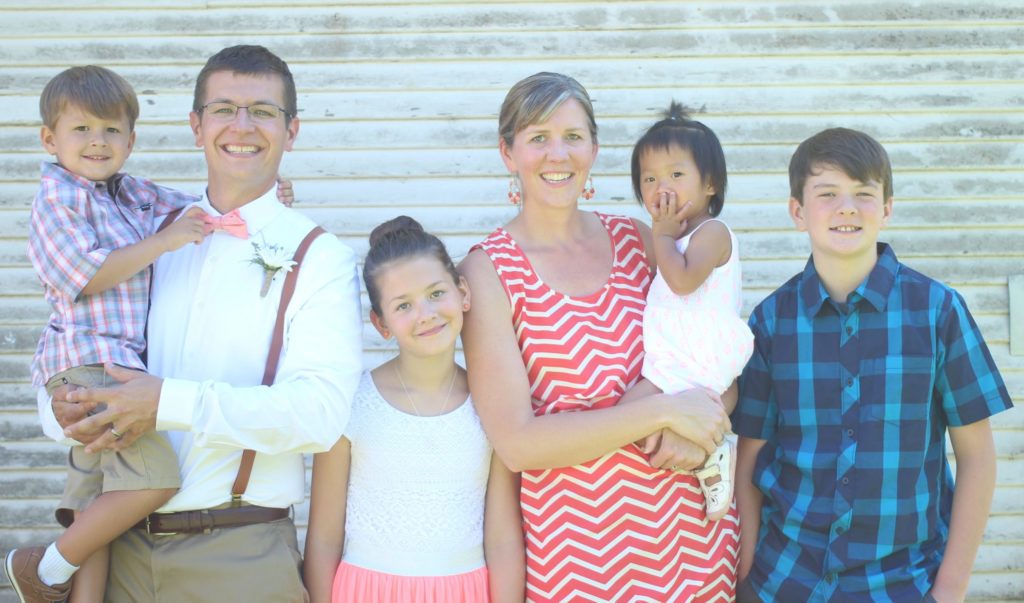
Tammy and Mark, like Greg and Lindsay, had never heard of thalassemia when they were matched with Lucy.
Tammy and Mark adopted Kyan from Korea in 2005, growing their family of four into a family of five. Then, after Typhoon Haiyan devastated the Philippines in 2013, they were motivated to adopt again. Ultimately, though, they were led to Holt’s China program. Holt’s China adoption counselor, Kris Bales, traveled to China to meet children in care just as Tammy and Mark were in the matching stage of their process for their second adoption. Because Holt works with many orphanages in southern China where thalassemia is prevalent, Kris helps find families for an abnormally high number of children with the condition, including one little girl who stood out to Kris because she thought Tammy and Mark might be the right family for her.
Tammy saw photos of Lucy for the first time when Mark and Kyan were traveling.
“I saw her face and I fell in love,” Tammy says. “I knew she was ours.”
Tammy and Mark started researching thalassemia. They talked to other families who had adopted children with thalassemia, and those families reduced their fears.
“We just heard that children with thalassemia live normal lives,” Mark says. “Yes, blood transfusions can sound scary, but they’re not — not when you have a doctor where you live who understands thalassemia.”
Mark says he and Tammy prepared themselves for any situation — any level of treatment Lucy may need — and felt confident that even if her thalassemia needed the most involved medical interventions, they had all the resources and support they needed, close to home.
For both families and caregivers in China, education and knowledge about special needs is key to ensuring that every orphaned or abandoned child with special needs receives the love and advocacy they deserve.
Jian says she spends a great portion of her time during trips to China educating orphanages. “I say, ‘Oh, if you have a child with Hep B, we can find a family,’ and they say, ‘Oh, you can?’” Jian says. “When I tell them we can find families for kids with HIV, they are shocked. But they know that Americans have great healthcare. They think that’s great, because they want kids to get this care, it’s just not always available in China.”
Jian says often, in China, people don’t understand that children with a special need can have a normal, healthy life. “But when we place one child with special needs, they send us 40 more child files,” Beth says.
“The biggest thing we’ve done is spread awareness that we can find families for these kids,” Jessica says. “Sometimes China won’t even prepare their child files.”
“When I saw her, I was just flooded with emotion. Here was a child we had prayed for and looked at pictures of, but I didn’t really bond with her through her pictures. I saw her and I thought, here’s my daughter.”
Greg Goostree, adoptive father
Jian agrees. “But when we ask the orphanages we work with to prepare their files, the message is very clear,” Jian says. “It says these kids have value. It makes people take a second look at them.”
And, Jian says, it’s really the children who educate everyone. “The children change us. Once you see them and meet them, you can’t forget them. They change the picture in your mind.”
Greg and Lindsay have been home with Maddison for seven months. Greg says he reminisces about his time in China every day and is still filled with all kinds of feelings when he thinks about the first time he met Maddison.
“When I saw her, I was just flooded with emotion,” Greg says. “Here was a child we had prayed for and looked at pictures of, but I didn’t really bond with her through her pictures. I saw her and I thought, here’s my daughter.”
Maddison is doing great. “We got to see her first steps,” Greg says. “And, the adjustment home has been easier than we thought.”
Greg and Lindsay also recently received some more news. Maddison, while diagnosed with thalassemia in China, may not actually have thalassemia.
“Her doctors think she may carry the trait for it, but it’s been crazy to learn that this thing we prepared for is not even a concern anymore,” Greg says.
Now, two other families in Greg and Lindsay’s church are also adopting children from China.
“Knowing that my daughter is going to have other people from her birth country who she can grow up with and be connected to is amazing.” Greg says. “Any time you go through something, you want to go through it with others.”
Two more children are now spoken for, and two more waves of advocacy may ensure that even more children in China receive the love and care they need, until slowly but surely, every child has a home.
Billie Loewen | Former Holt Team Member
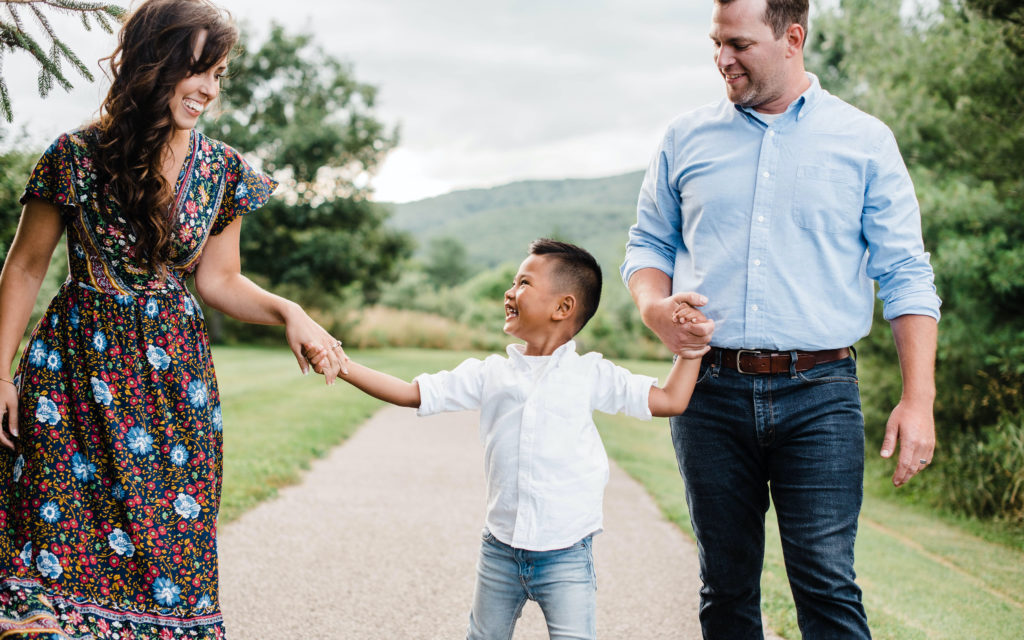
Learn More About International Adoption
We work with families in all 50 states to find loving homes for children from 11 locations around the world!
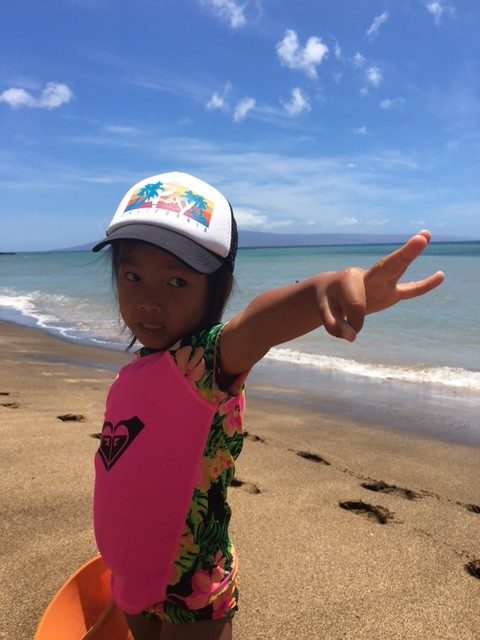
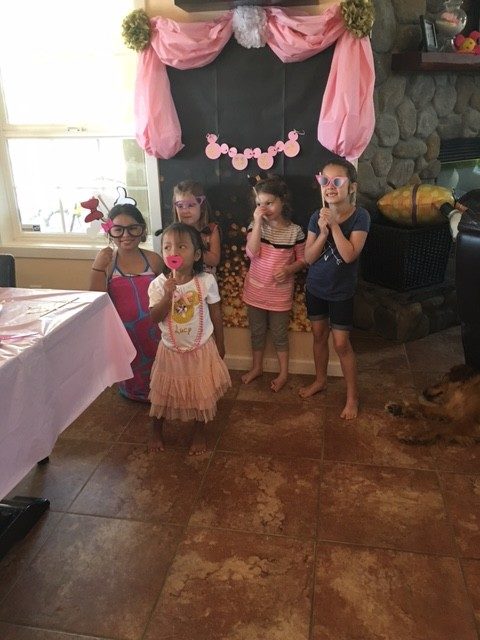
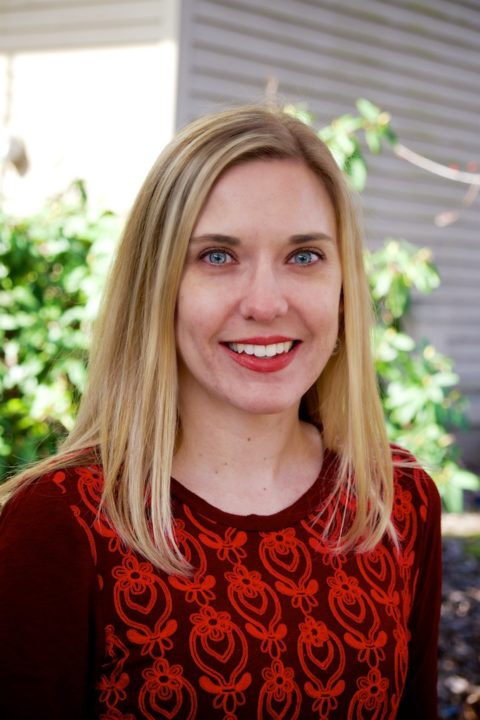
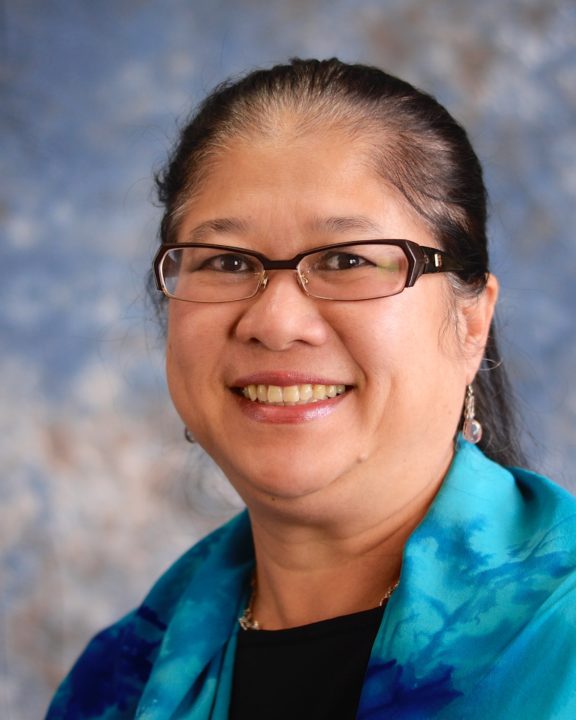
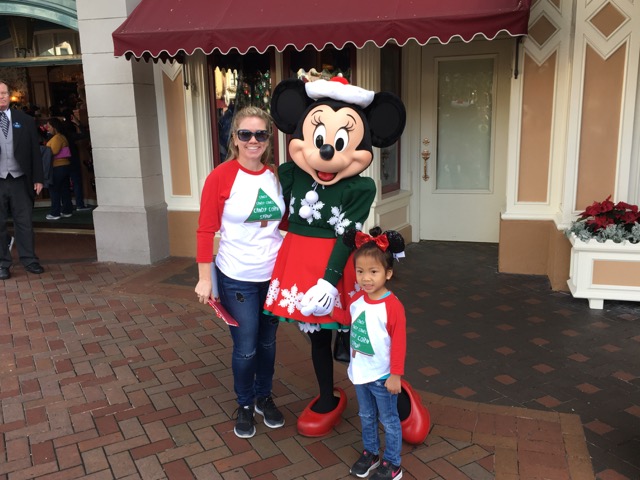
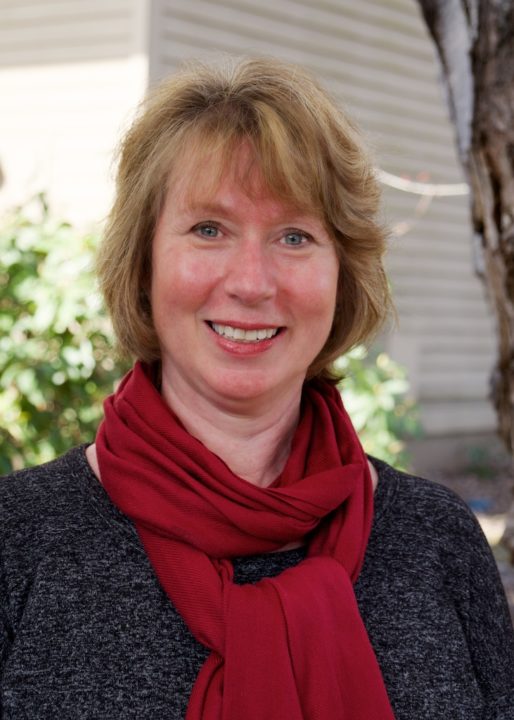

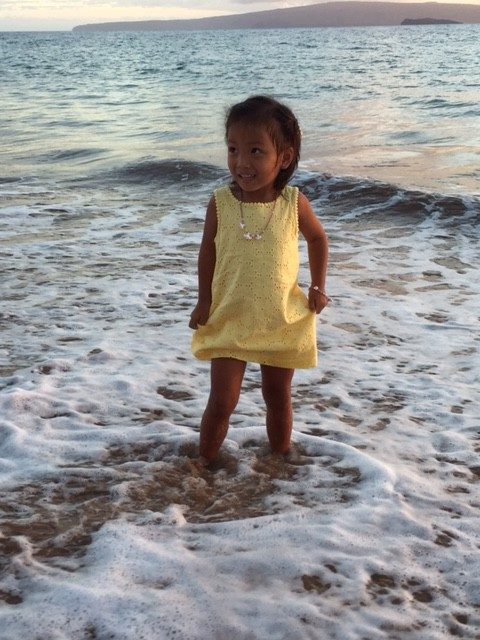
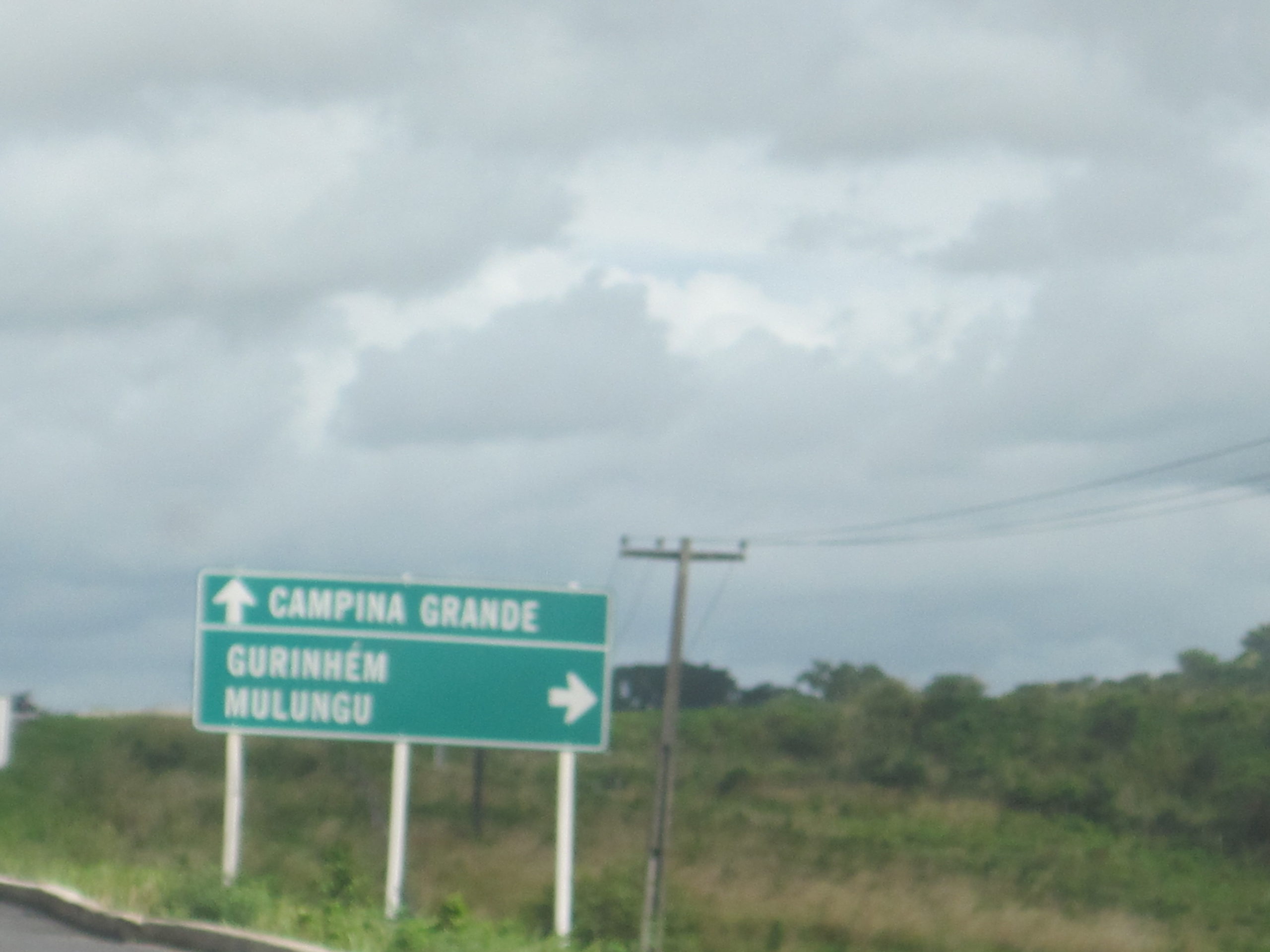
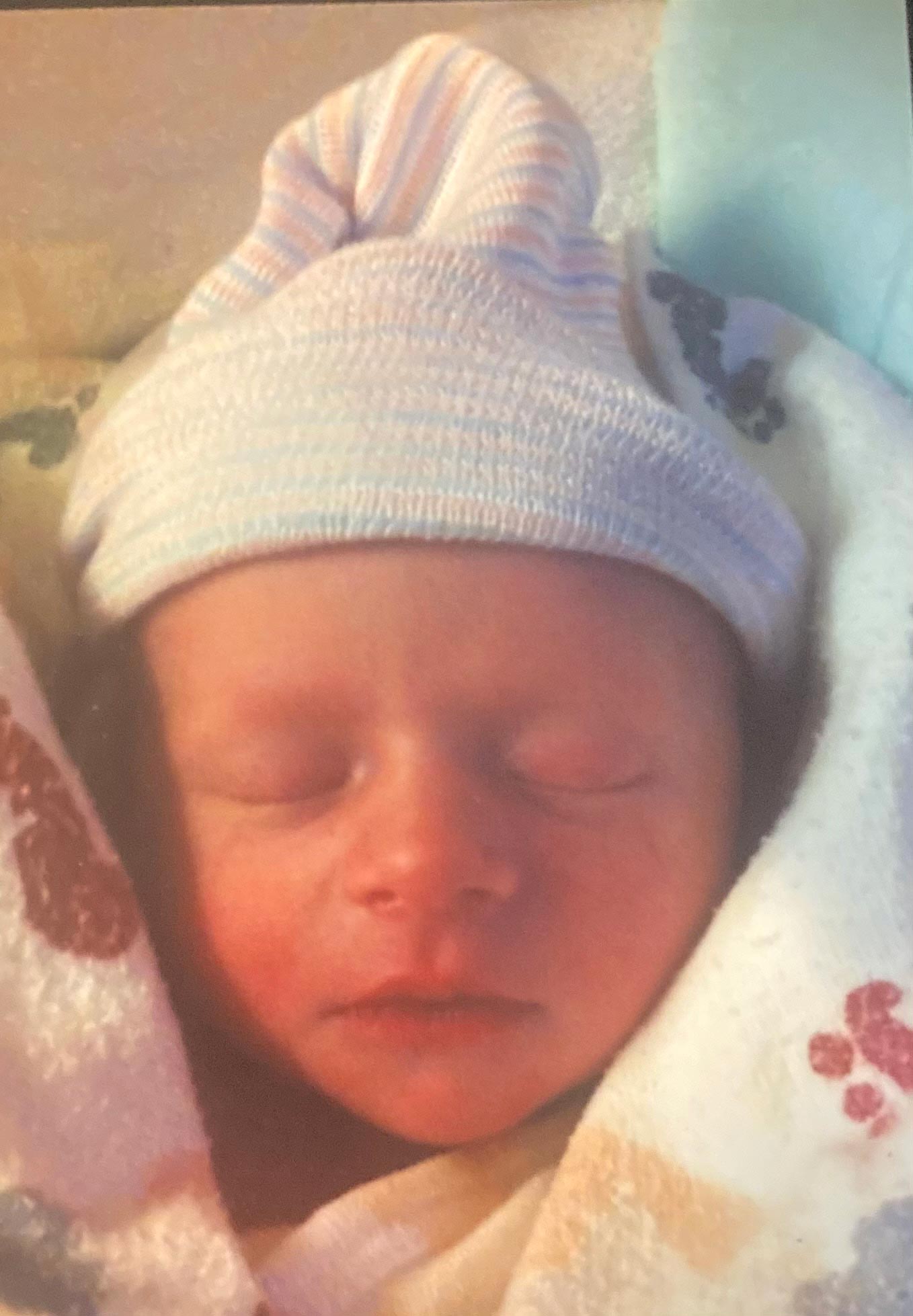
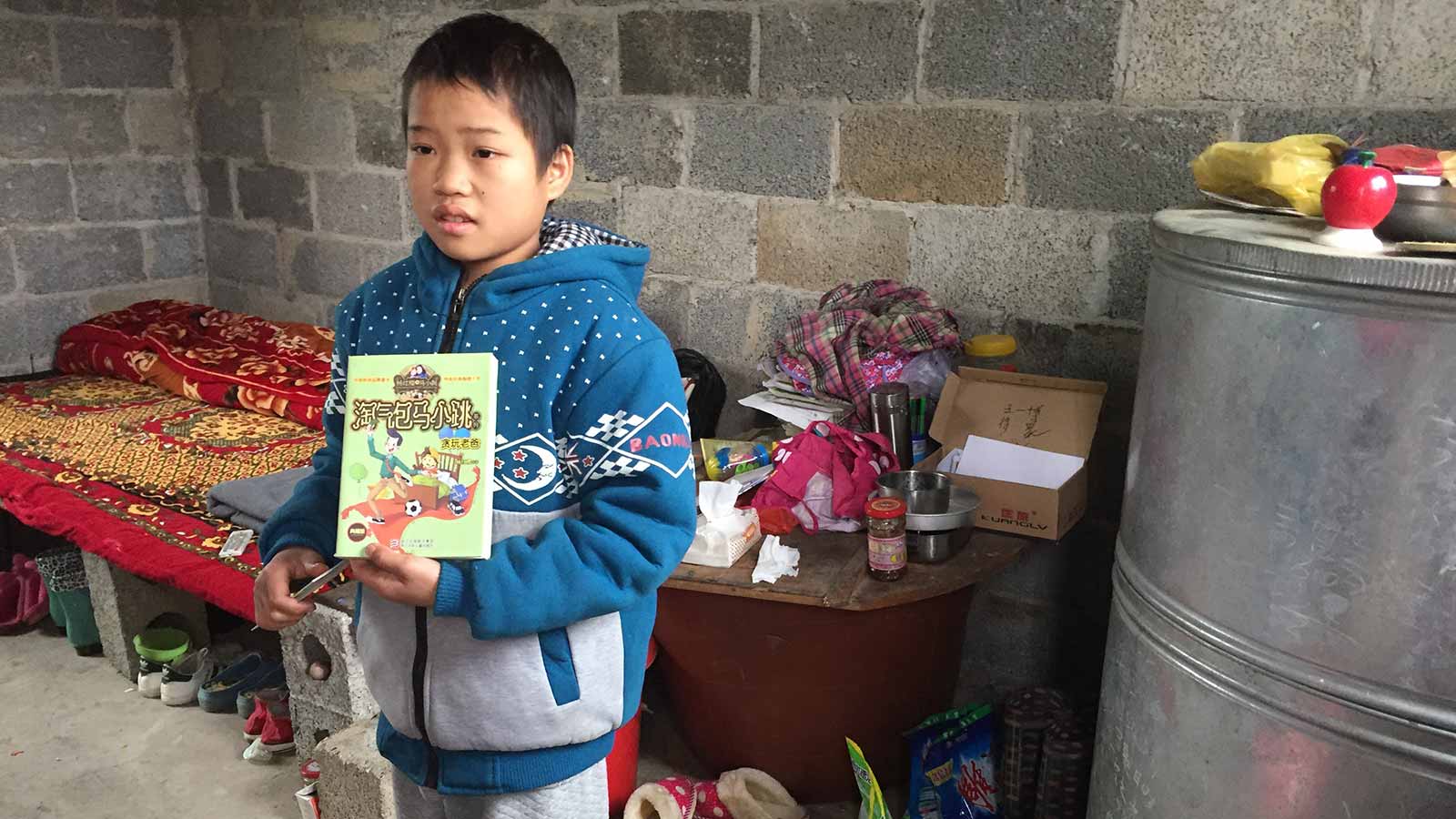


Lovely article! Nice to see some familiar faces and pics of the beautiful families! As I write, I am at Children’s Hospital in Omaha, NE with our precious 8 year old Maryclare who is receiving her every 3rd week transfusion. She does not have a port, and is the bravest little girl I know!! Maryclare has been home for almost 5 years and she is a true joy and lives life to the fullest!
Maryclare’s 9 older siblings are her cheerleaders as she takes her Thalassemia in stride. We are sooo thankful for all who donate blood and hope that highlighting this condition will also encourage more regular blood donors!
I would also encourage anyone who is near a good infusion center to consider adopting a child with thalassemia. With proper treatment you child will literally change before your eyes! It is a very manageable condition and with promising gene therapy research there is the good possibility of treatment and a cure in our children’s lifetime!!
Thanks again for sharing your stories in this encouraging article!!
Blessings,
Sandy Kolb
Such a positive article and really happy to see the happy faces. My friend’s daughter got diagnosed with thalassemia when got tested from FML Dubai. Now she is undergoing iron ch-elation therapy. Articles like this will surely helps and motivates people who are undergoing treatment. Thanks.